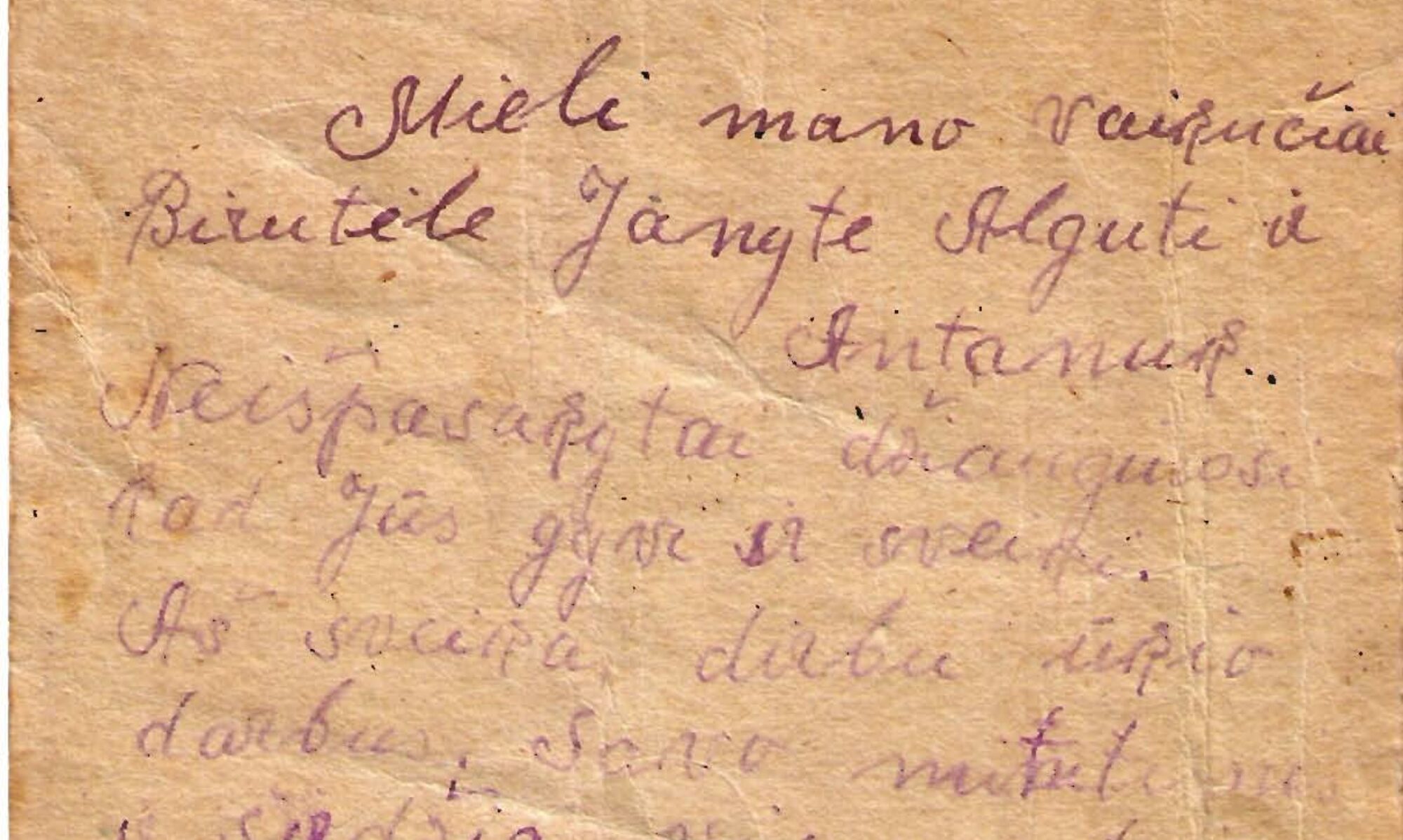The holy trinity of creative nonfiction, I told my students recently, is SCENE + RESEARCH + REFLECTION.
Most of my students get the first scene piece: since high school, they’ve doubtless heard the mantra “show don’t tell.” Generally speaking, showing is not a problem for them, especially those who come from a fiction background.
The third point of the trinity (we’ll come back to the second momentarily), reflection, is more complex and requires an intellectual leap: writers must not only recount the past, but think on the page and interpret the meaning of what they create as they do so. Thus far, the most eloquent argument I’ve found for the necessity of this process in memoir and other forms of CNF comes from Phillip Lopate in “Reflection and Retrospection: A Pedagogic Mystery Story” (Fourth Genre 7.1, 2005, pp. 143-156.) I highly recommend it — so much so that I keep foisting this essay into the hands of all my students.
The question is: how do you get from SCENE to meaningful (non-navel-gazing) REFLECTION?
My answer: RESEARCH
By research I mean anything that helps further your understanding of whatever it is that you’re trying to figure out. It can be book or scholarly learning, like exploring the history of Négritude as one of my students has done or by reading Anne Sexton’s archive, as another did (I’ll return to the importance of library research shortly), but it can also be something like going on a train trip to watch how the landscape changes. It can be having a conversation with someone who knows more about a topic than you do (for a example, with a historian or a scientist) or simply standing in front of a painting in a museum. I, for one, have traveled to places where the people I’m writing about once lived: weird little Siberian villages or forgotten industrial towns in France, for example. This past summer I walked through Lithuanian forests in search of mass graves; I stood and contemplated the house that once belonged to an important “character” in my manuscript.
I think of this kind of work as environmental or perhaps experiential research, but often it is this human gaze and journey and reality (everything on a human scale) that gives CNF energy, gravitas, life, and beauty.
Even if you’re writing about the past, or perhaps especially if you’re doing so, revisiting sites from that past can be incredibly powerful. When I venture to these kinds of places, I spend my time gazing at a building; I collect stones and put them in my pockets to bring home; I pay attention to the insects that buzz around me; I talk to cows; I think about and note change, impermanence; I ask what remains; I watch those around me; I chat with strangers about their lives and homes; I accept every invitation to tea or a meal; I photograph everything I can; I contemplate the sky; I take tons and tons of notes.
To me, all this staring, wandering, and chatting is as valuable as a trip to the library (where I spend a great deal of time too): the trick is to pay attention and record all the details along the way.
But be warned: all this staring and wandering and chatting may only be the first level of research. For example, I have a student who has recently returned from a life-changing trip to Iceland, and he’s now starting to write about it. His first level of research is complete, but more work lies ahead. The second level and stage of research might mean his going to the library and reading tons about sagas and Icelandic history until this writer has mastered his subject enough to distill and retell with energy and spontaneity. Once this learning starts to belong to him in some way (as family history does) — that is, once he’s achieved a kind of deep learning — then he’ll likely find organic ways of engaging with the necessary literary-historical material and, in turn, of teaching his reader.
When I’m talking about this process of deep learning, I tend to call it “digestion.” You have to let the facts and history work their through you, I say (though I try not to follow the metaphor through to its logical ends, ahem). The research has to become part of you so that you can put it back out onto the page and into the world in a form that won’t fight the story that you’re trying to tell.
This, I believe, is the most difficult aspect of writing good CNF: figuring out how to teach the reader; how to give enough background history, facts, and evidence but without deadening your text.
Once you do the research, you reflect and figure out what the research tells you about the primary journey you’re on: for one of my students, the question is what Anne Sexton’s archives can teach her about a mother’s death. For another, the question is what the slave ships of Nantes have to do with her search for home and belonging.
Research will help you interpret the scenes you write and details you put to paper and it will help you get closer to an answer to whatever question drives you and makes your text vibrate. It will deepen your text and make it larger than your sad little story of loss (I don’t mean to minimize, not at all; we all have these). Most CNF undulates in some way between the big and the small. The writer’s sad little story is the small of the piece: all our mothers will die one day. The reflection and understanding that grows out of research (in whatever form it might take) will constitute the large. It is in going beyond ourselves, beyond our own smallness that we can learn something and then give that lesson over to a reader — what is the big thing that I can learn from my smallness? That’s the great question, gift, challenge, and mystery of CNF.
[Photo: angelofsweetbitter2009]



Dear Professor, I am definitely a fan of yours. Again I ask you to send me your books…all of them. I will place them in the National Lubrary of the State of Israel as soon as I finish reading them. Your approach to creative work is honest and strong. It’s the same way in painting.Thank you. Very truly yours, Ellen
Agree, agree agree! The best reflection comes only after study. But I must add a note of caution. If writers are coming from a fiction writing background, it may be somewhat easier to find the balance between scene, research, and reflection. But if they come from journalism, like me, they may weigh too heavily on research and skimp on reflection. I’ve seen it happen in students of mine. (I teach at Columbia College Chicago.) Journalists tend to lean on research and I wouldn’t want them leaning too hard if they were writing creative nonfiction, personal essay, or memoir. It can bog down a potentially wonderful piece if the balance is not right. This, of course, is not to say every piece should have the same balance, it’s just that a writer must find the RIGHT balance.
Thanks for the thoughts!
David